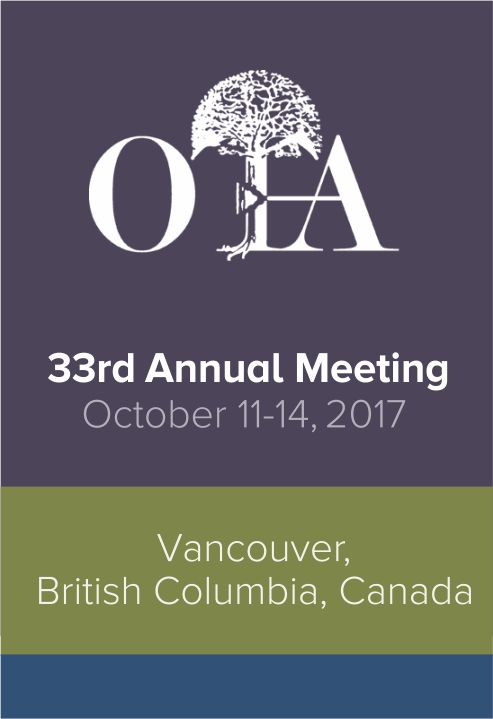
OTA2017: ORIF of displaced distal radius fracture offers functional advantage over 1 year vs casting

OTA2017: ORIF of displaced distal radius fracture offers functional advantage over 1 year vs casting
Volar Plate Fixation Versus Plaster in Extra-Articular Distal Radius Fractures: A Prospective Multicenter Randomized Controlled Trial
Did you know you're eligible to earn 0.5 CME credits for reading this report? Click Here
CONFERENCE ACE REPORTS
This ACE Report is a summary of a conference presentation or abstract. The information provided has limited the ability to provide an accurate assessment of the risk of bias or the overall quality. Please interpret the results with caution as trials may be in progress and select results may have been presented.
Synopsis
90 patients with a displaced, extra-articular fracture of the distal radius were randomized to primary open reduction and internal volar plate fixation, or to primary plaster cast immobilization. Patients were assessed for scores on the Disabilities of the Arm, Shoulder, and Hand questionnaire over the first year after treatment. At 6 weeks, 3 months, 6 months, and 1-year follow-up, the ORIF group...
To view the full content, login to your account,
or start your 30-day FREE Trial today.
FREE TRIAL
LOGIN
Forgot Password?
Explore some of our unlocked ACE Reports below!

Learn about our AI Driven
High Impact Search Feature
Our AI driven High Impact metric calculates the impact an article will have by considering both the publishing journal and the content of the article itself. Built using the latest advances in natural language processing, OE High Impact predicts an article’s future number of citations better than impact factor alone.
Continue



 LOGIN
LOGIN

Join the Conversation
Please Login or Join to leave comments.